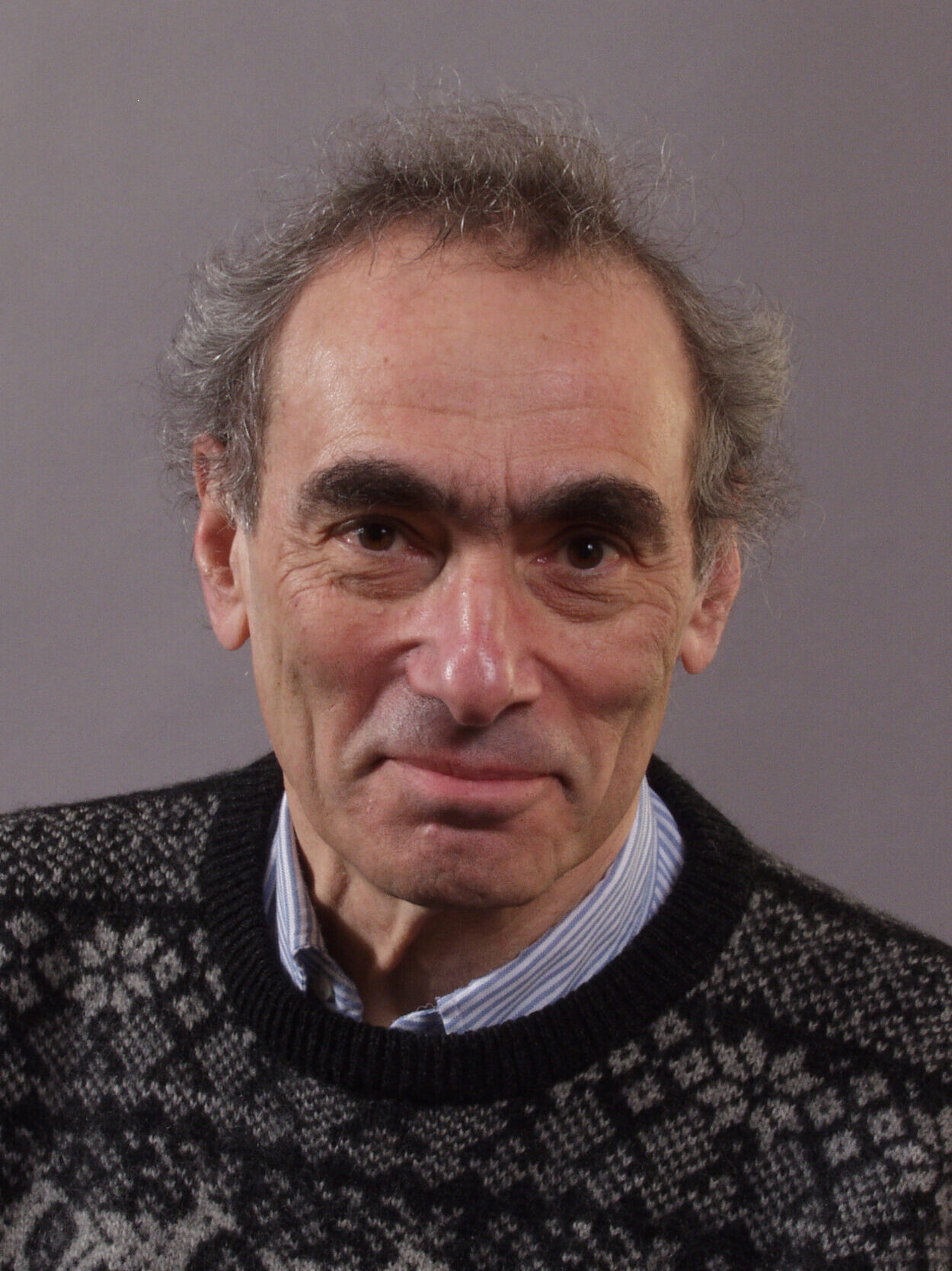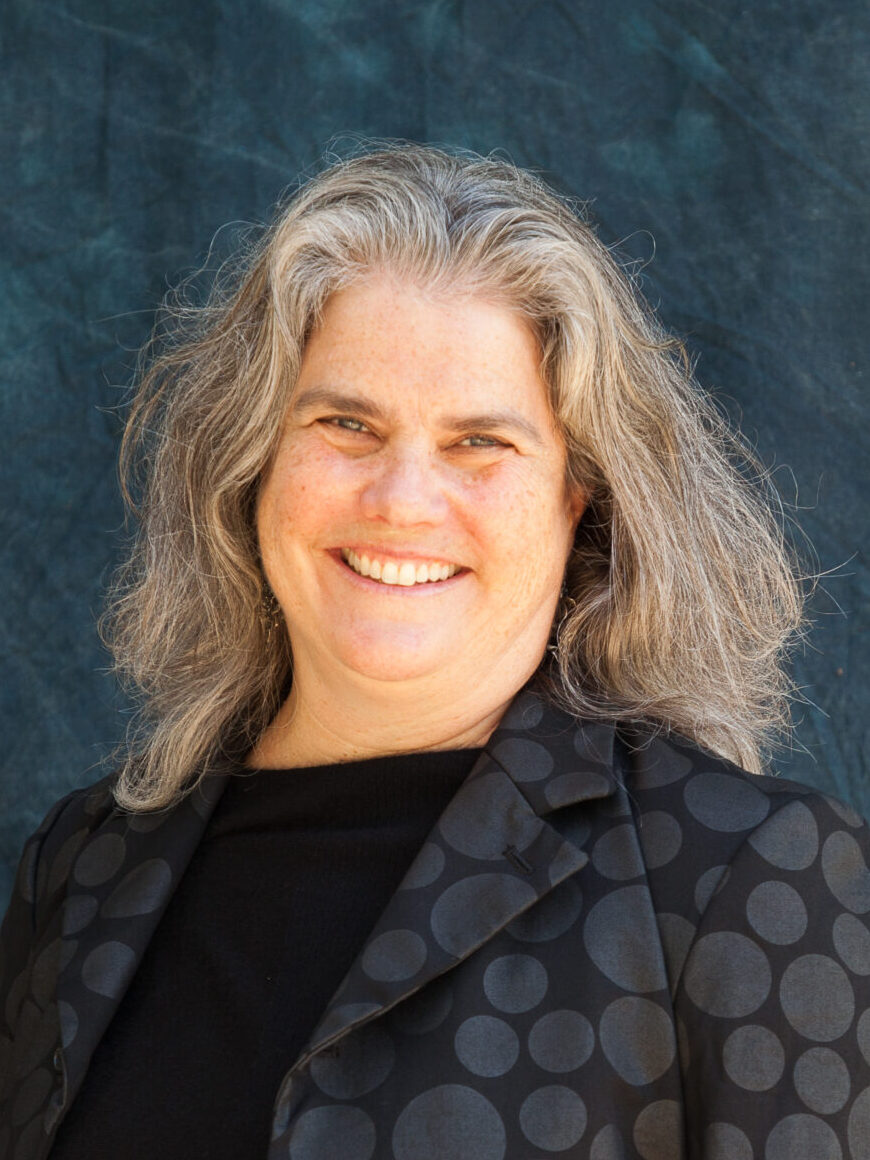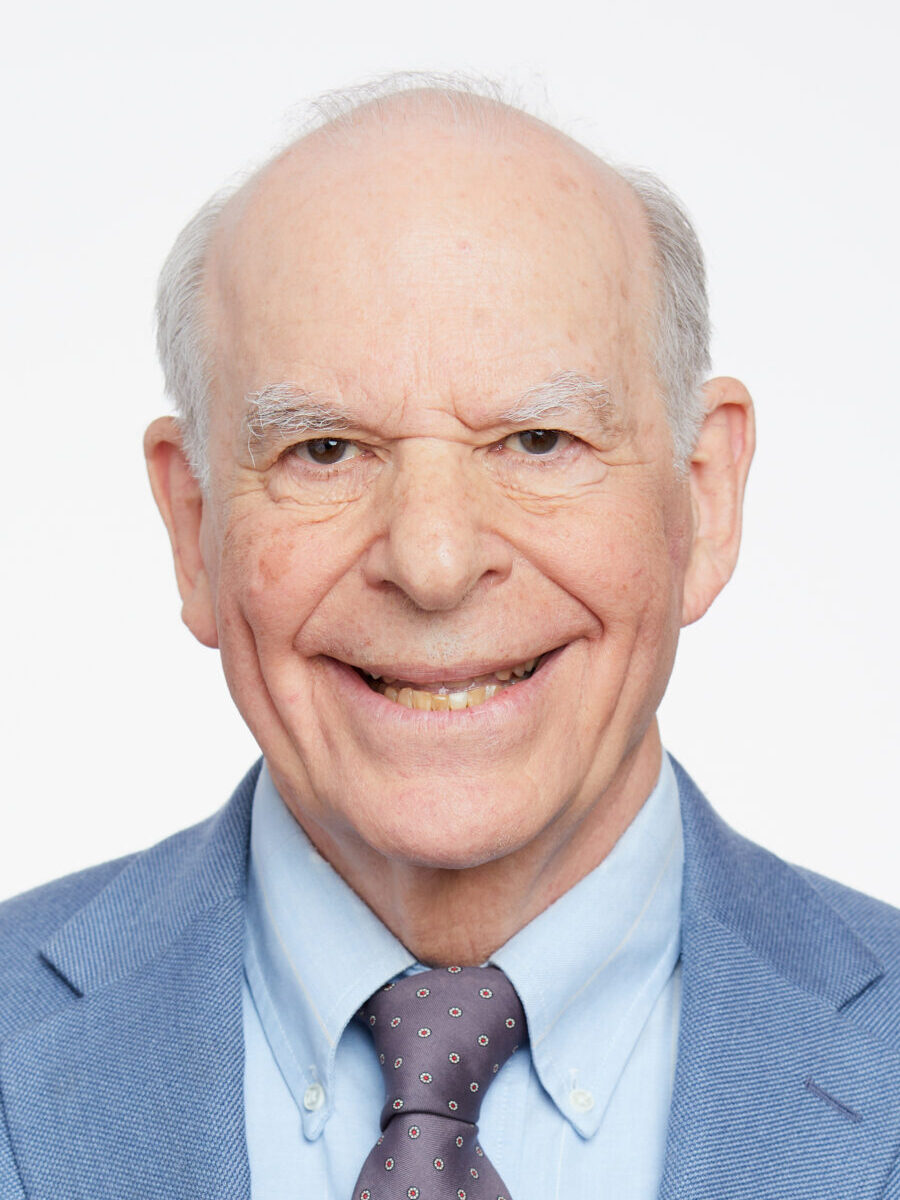This list is not complete and does not include the many awards our participants have received over the years. If you know of any awardees who should be listed, please contact us.

Scientific Awards won by our Participants
2021

Gordon Baym
University of Illinois Urbana Champaign
2021 APS Medal for Exceptional Achievement in Research
Recognizes contributions of the highest level that advance our knowledge and understanding of the physical universe and in all its facets. It is intended to celebrate scientific inquiry and the pursuit of knowledge.
Chosen for major discoveries in theoretical condensed matter and many-body physics, neutron star structure and composition, quark matter and quark-gluon plasma physics, and in atomic physics and ultracold quantum gases.
2020

Andrea Ghez
UCLA
Nobel Prize in Physics
Chosen for the discovery of a supermassive compact object at the centre of our galaxy.

Roger Penrose
University of Oxford
Nobel Prize in Physics
Chosen for the discovery of a supermassive compact object at the centre of our galaxy.

Pierre Ramond
University of Florida
Dirac Medal of the ICTP
Recognizes scientists who have made significant contributions to theoretical physics.
Chosen with Miguel Virasoro for their pioneering contributions to the inception and formulation of string theory which introduced new Bosonic and Fermionic symmetries into physics.

Miguel Virasoro
Universidad Nacional de General Sarmiento
Dirac Medal of the ICTP
Recognizes scientists who have made significant contributions to theoretical physics.
Chosen with Pierre Ramond for their pioneering contributions to the inception and formulation of string theory which introduced new Bosonic and Fermionic symmetries into physics.
2019

Vassiliki Kalogera
Northwestern University
2016 Hans A. Bethe Prize
Recognizes outstanding work in theory, experiment or observation in the areas of astrophysics, nuclear physics, nuclear astrophysics, or closely related fields.
Chosen for key contributions to the study of the electromagnetic and gravitational wave radiation from binary compact objects, including the now–verified prediction that neutron star mergers produce short gamma–ray bursts that will be found in all galaxy types.

Gregory Moore
Rutgers University
2014 Dannie Heineman Prize for Mathematical Physics
Annual APS prize since 1959 recognizing outstanding publications in the field of mathematical physics.
Chosen for eminent contributions to mathematical physics with a wide influence in many fields, ranging from string theory to supersymmetric gauge theory, conformal field theory, condensed matter physics, and four–manifold theory.

Hirosi Ooguri
Caltech and Kavli IPMU
2018 Hamburg Prize for Theoretical Physics
Annual prize presented by the University of Hamburg and the Joachim Herz Foundation for outstanding research achievements in theoretical physics. This is the first year the prize covers all areas of theoretical physics.
Chosen for his outstanding contributions to the topological string theory.

Pierre Ramond
University of Florida
2015 Dannie Heineman Prize for Mathematical Physics
Annual APS prize since 1959 recognizing outstanding publications in the field of mathematical physics.
Chosen for pioneering foundational discoveries in supersymmetry and superstring theory, in particular the dual model of fermions and the theory of the Kalb-Ramond field.

John Schwarz
Caltech
2014 Physics Frontiers Prize
Awarded annually by to recognize those individuals who have made profound contributions to human knowledge.
Chosen for work developing superstring theory in collaboration with Michael Green between 1979 and 1986.

Matthias Troyer
Microsoft
2016 Aneesur Rahman Prize for Computational Physics
Annual APS prize recognizing outstanding achievement in computational physics research.
Chosen for pioneering numerical work in many seemingly intractable areas of quantum many body physics and for providing efficient sophisticated computer codes to the community.